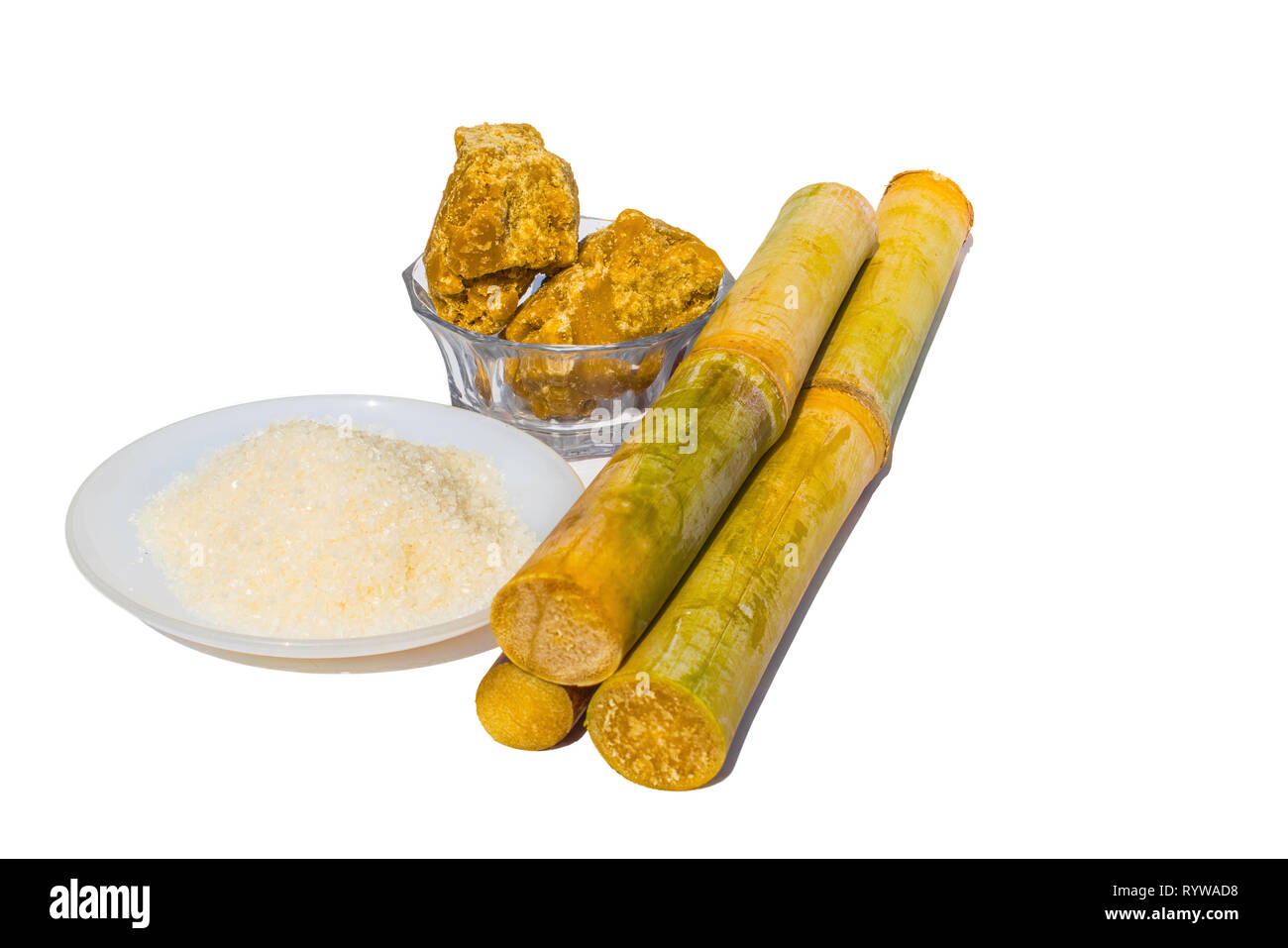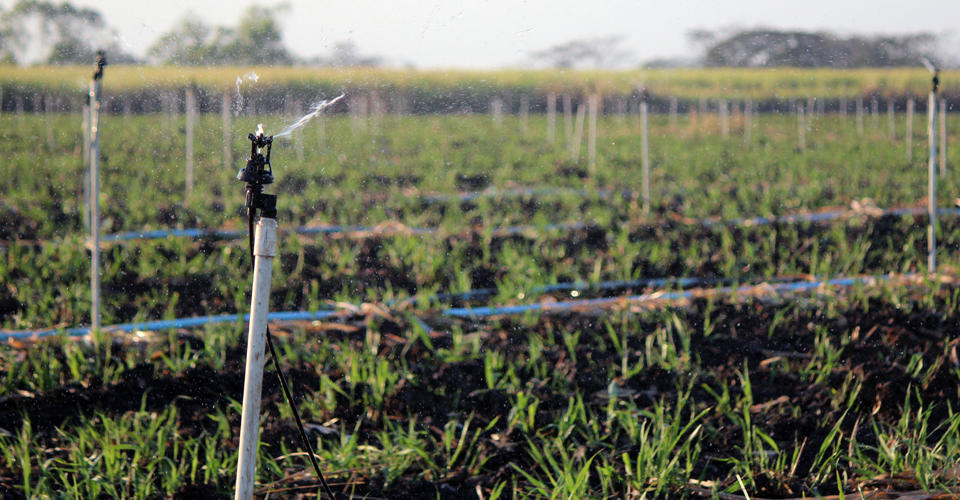Understanding the Creation of Sugarcane Product for Buyers
Understanding the Creation of Sugarcane Product for Buyers
Blog Article
The Journey of Sugarcane: From Harvest to Everyday Products
The journey of sugarcane is a complex process that starts with precise farming and culminates in a variety of items that penetrate our everyday lives. As we explore the different facets of sugarcane's journey, its duty in sustainability and the more comprehensive implications for our setting come into sharper emphasis.
Cultivation of Sugarcane
The growing of sugarcane is a vital farming process that calls for specific ecological problems and management techniques. Optimal growth takes place in subtropical and exotic areas where temperatures vary in between 20 ° C and 32 ° C. Adequate rainfall or irrigation is crucial, as sugarcane flourishes in wet dirt with well-drained conditions (sugarcane product). Dirt top quality significantly affects return; thus, farmers usually perform soil tests to figure out nutrient needs
This technique assists in reliable gathering and makes best use of sunshine direct exposure. Plant turning and intercropping are advised techniques to improve soil fertility and decrease insect infestations.
Fertilization is another critical facet, with phosphorus, nitrogen, and potassium being the main nutrients required for optimum development. Timely application of these fertilizers can dramatically boost sugar yields. Additionally, monitoring for conditions and bugs throughout the growing period is critical, as these aspects can negatively affect plant health and wellness and productivity. On the whole, successful sugarcane cultivation depends upon a combination of ecological stewardship, tactical preparation, and continuous management techniques.
Gathering Techniques
Successful sugarcane farming culminates in the collecting phase, which is essential for making the most of return and ensuring high quality. The timing of the harvest is crucial; sugarcane is normally harvested when sucrose levels optimal, typically in between 10 to 18 months after growing. This period varies based upon environment, soil type, and sugarcane selection.
Harvesting methods can be generally classified into handbook and mechanical techniques. Manual harvesting is labor-intensive, depending on skilled workers who utilize machetes to reduce the stalks close to the ground. This method enables for discerning harvesting, where just the ripest canes are chosen, consequently boosting total sugar content.
Conversely, mechanical harvesting has gotten appeal as a result of its efficiency and cost-effectiveness. Specialized harvesters geared up with cutting knives and conveyor systems can process big areas swiftly, dramatically lowering labor prices. However, this approach may lead to the inclusion of immature canes and a possible decline in sugar quality.

No matter of the technique utilized, ensuring that harvested walking canes are moved swiftly to processing facilities is essential. Prompt taking care of lessens wasting and preserves the integrity of the sugarcane, establishing the stage for optimal handling.
Processing Methods
Handling sugarcane includes several essential actions that transform the collected stalks right into usable items, mainly sugar and molasses. The initial phase is washing the walking cane to eliminate soil and particles, followed by the removal of juice with squashing or milling. This process generally employs hefty rollers that break the walking cane fibers to release the pleasant liquid had within.
When the juice is extracted, it goes through clarification, where pollutants such as soil bits and bagasse are removed. This is commonly achieved by including lime and warming the juice, enabling sedimentation. The made clear juice is then focused through evaporation, where water web content is decreased, causing a thick syrup.

Inevitably, the processing of sugarcane not only creates sugar and molasses yet also prepares for various derivatives, which will certainly be discovered in subsequent discussions.
Products Derived From Sugarcane
Sugarcane is a flexible plant that generates a wide range of products past visit simply sugar and molasses. Amongst the key by-products are ethanol and biofuels, which have acquired prestige as renewable resource resources. Ethanol, produced through the fermentation of sugarcane juice, serves as an alternate to nonrenewable fuel sources and is usually blended with gasoline to create cleaner-burning fuels, decreasing greenhouse gas discharges.
Furthermore, sugarcane is a considerable resource of bagasse, the coarse residue staying after juice extraction. Bagasse is used in different applications, including the production of paper, biodegradable product packaging, and as a biomass fuel for power generation. Its usage not just minimizes waste but also boosts the sustainability of sugarcane processing.
Furthermore, sugarcane-derived items encompass the food industry, where it serves as an all-natural flavor representative and sugar in different culinary applications. In the realm of cosmetics, sugarcane removes are integrated into skin care items because of their natural exfoliating properties.
Ecological Effect and Sustainability
The cultivation and handling of sugarcane have considerable implications for ecological sustainability. This crop requires significant water resources, often bring about exhaustion of local water materials and affecting bordering communities. Additionally, using fertilizers and chemicals in sugarcane farming can result in dirt degradation and river pollution, presenting risks to biodiversity.

Lasting sugarcane farming also promotes dirt wellness through crop turning and lowered tillage, improving carbon sequestration. The fostering of these techniques not only supports environmental integrity however likewise boosts the strength of farming communities against climate modification.
Verdict
In recap, the journey of sugarcane includes various stages from growing to processing, eventually causing a vast array of products. The importance of sugarcane prolongs beyond simple sweeteners, adding to sustainable power via ethanol manufacturing, lasting product packaging using bagasse, and all-natural removes for cosmetics. This complex plant plays a critical duty in both nutritional enrichment and ecological sustainability, highlighting its relevance in modern farming and commercial methods.
Successful sugarcane cultivation culminates in the harvesting phase, which is pivotal for making the most of yield and ensuring quality. The timing of the harvest is crucial; sugarcane is generally harvested when sucrose degrees optimal, normally between 10 to 18 months after planting.Handling sugarcane entails several critical steps that transform the collected stalks right into functional products, primarily sugar and molasses.Sugarcane next is a my response functional plant that yields a wide selection of items beyond simply sugar and molasses. Furthermore, the use of plant foods and chemicals in sugarcane farming can result in soil destruction and river pollution, posing threats to biodiversity.
Report this page